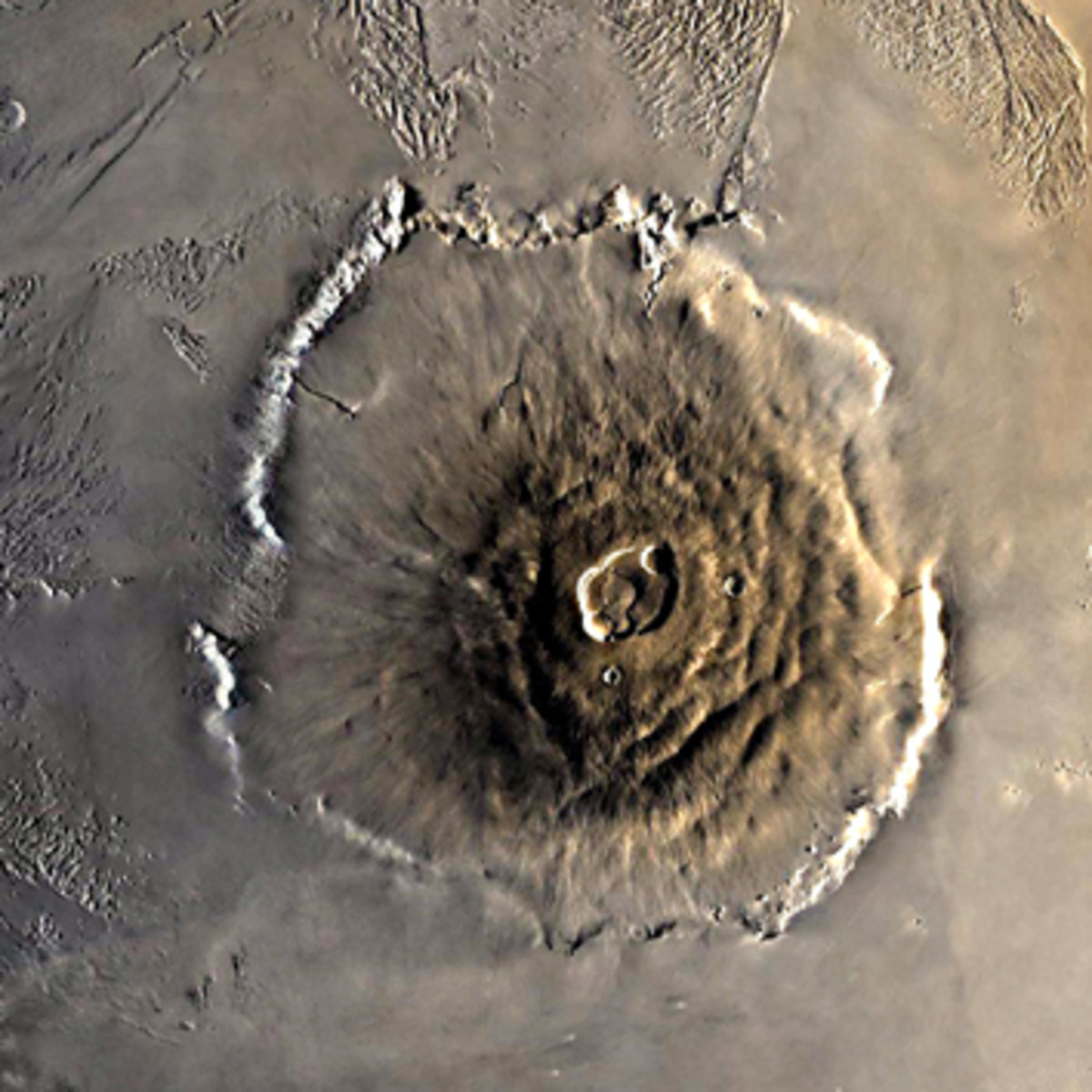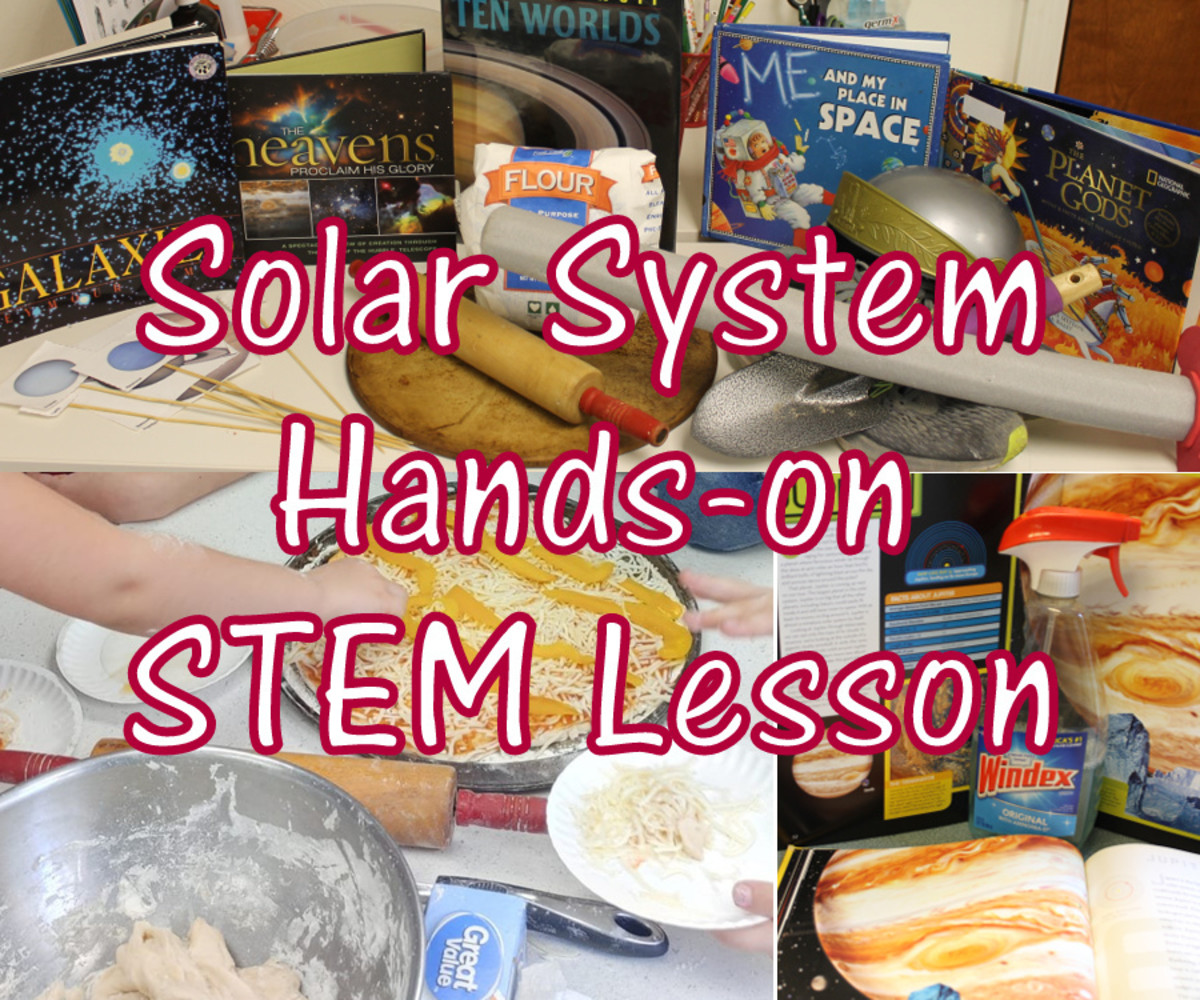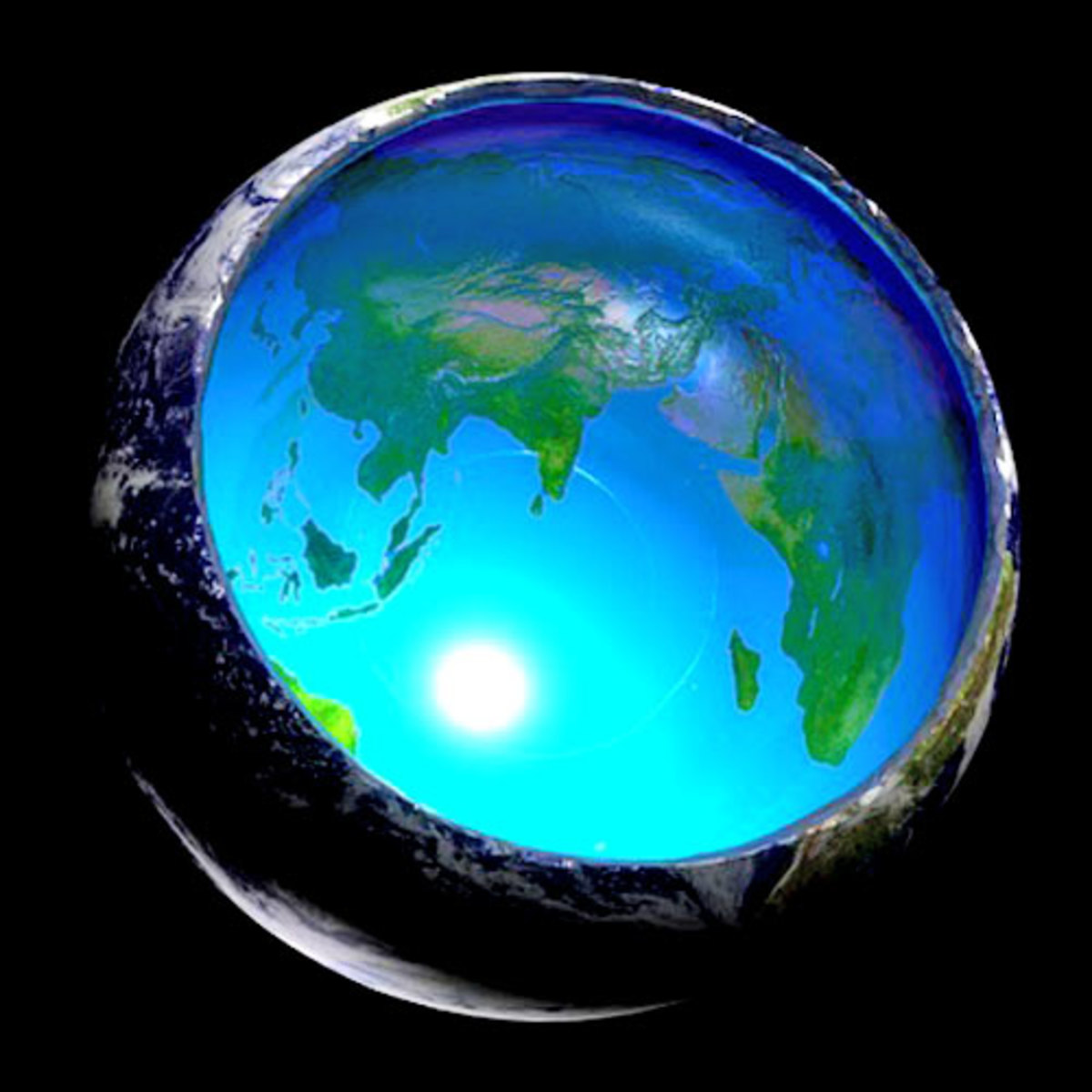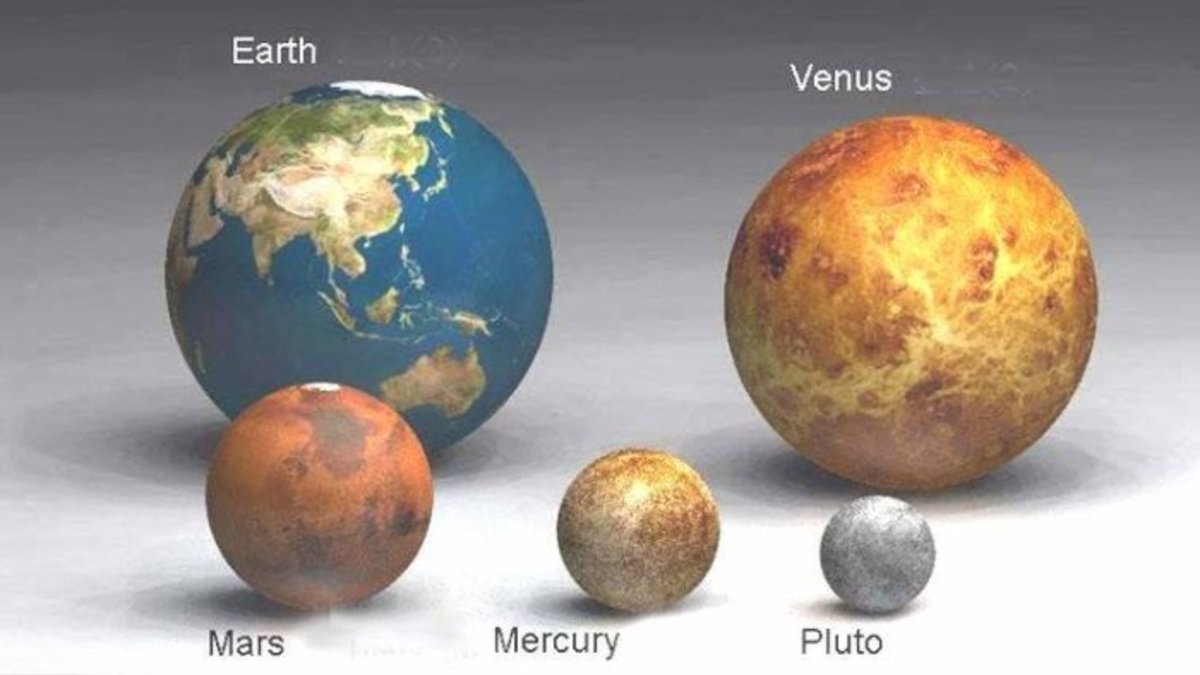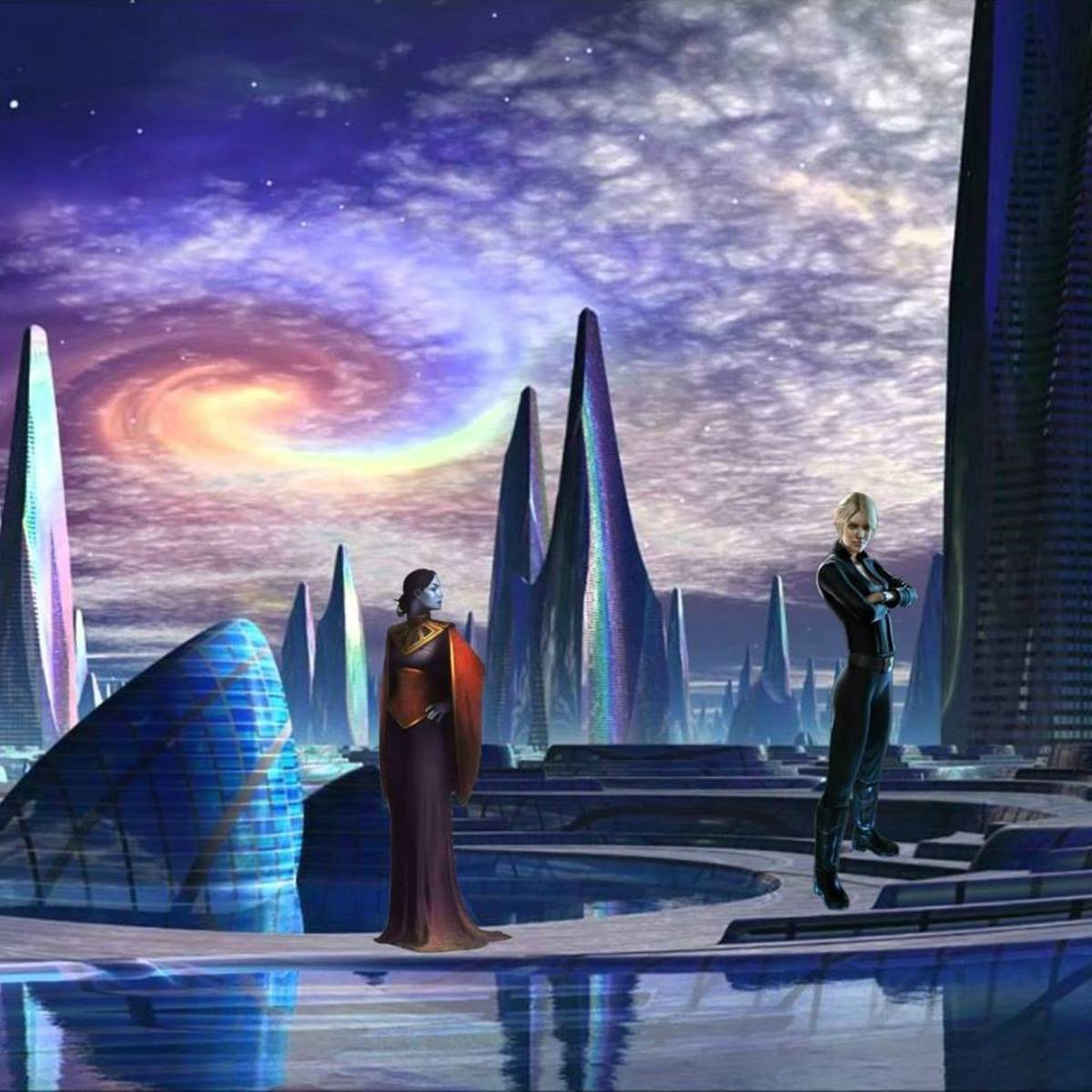Cosmic Dangers Faster than a Speeding Bullet
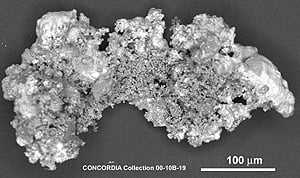
Even a high velocity grain in the outer solar system can pack more whollop than a rifle bullet
Considering all the paranoid excitement of late on comet Elenin and it as being the dreaded mythological planet Nibiru, we should be relieved that the orbital planes of earth and the comet are on different planes and the two are almost totally unlikely to collide. This simple fact was ignored by the paranoid and the fear mongers. But, given impact dynamics, mass – velocity ratios, if orbital planes were identical, earth would have a near miss. But there are plenty of bodies that do hit the earth and their velocity of impact guarantees massive destruction, even with seemingly insignificant size.
When orbits cross owing to differing eccentricities but at the almost same inclinations, there are bound to be collisions. In the case of massive bodies acting on small ones, the inclination does not have to be so near to being exact. Even if the argument of the nodes is different, the precession of the nodes will bring the orbits into a crossing pattern through time. The result is a situation similar to the encounter between Jupiter and SL-9. Why be concerned with such things? What occurs in distant regions of space, especially in the solar system, can have a direct impact on us sooner or later. (No pun intended)
The inner solar system has trillions of objects in orbit around the sun. All planets and moons are continually hit by them at varying speeds depending on whether the objects are in prograde or retrograde orbits in relation to the planetary orbits. Objects traveling in the same direction of the planets around the sun, will do less comparative damage by similar size than those traveling in orbital directions opposing the direction of the planets. The later will do far more damage. These objects all travel at very high speed. Orbiting objects further from the sun travel relatively slower than those closer to the sun, but at even great distances, they move much more quickly than a high muzzle velocity bullet.
In the outer solar system beyond Neptune there are plenty of chances for encounters. Almost all the material orbits in various elliptical orbits. These do cross and in time, some cross exactly. If the bodies arrive in space-time to the same point, an impact will occur. "But," you say, "Things move so slowly out in the Kuiper belt, that collisions would produce only minimal damage." Not so! First of all, objects as close as Pluto move at two to three kilometers per second. Further, as one moves deeper into the Kuiper belt, orbital speeds do not drop off rapidly as they do in the inner solar system. One would have to go out to some 78 AU to find speed half of those encountered around Pluto-Charon at aphelion. This is much faster than the muzzle velocity of most firearms. Even If you have minimal knowledge of firearms, you know what kind of damage they can do. Secondly, small objects tend to consist of loosely consolidated material. If the size difference between the two objects is substantial, the larger one will absorb the smaller with little disruption. However, bodies of similar size and weak gravitational force will shatter and disperse in a multiple of new orbits like a break in a billiards game. The high eccentricity of some trans Neptunian objects could have originated this way.
Many trans Neptunian objects are now currently evolving into or out of the solar system due to this kind of encounter or as a result of being in an orbit that is in harmony with one or more of the planets. Further, recent evidence of other dust disks show that the typical configuration for an accretion disk like the Kuiper belt, is to be banded and clumped. Whole archipelagos of objects form loosely bound systems orbiting around each other in the Kuiper belt. Some of these could be massive enough as a whole to create residual perturbations in the orbits of Neptune, Uranus and Pluto-Charon. This being so, the reverse is also true, i.e., these large and loosely bound objects are being perturbed by the outer planets with consequences for the future for the whole solar system.
The thing about impact is that the force of impact increases dramatically with velocity according to Einsteinian dynamics. A doubling in velocity produces quadruple the relative energy for most relations well below the speed of light. The faster the velocity, the much greater the energy contained in the mass, until at the speed of light, the energy associated with mass is infinite according to a power law of mass versus velocity. This is due to a power function that increases dramatically as particles move at near relativistic velocities. At much slower than relativistic velocities where dramatic impact force changes are far less, a direct power function is an accurate measure of impact force. A small object traveling two to four times faster than a bullet can have close to four to sixteen times the impact energy and cause more destruction than the slower moving bullet of the same rest mass.
This brings us to the point of how different materials will react to high energy impacts from small to middling objects traveling anywhere up to two kilometers per second. Of course, within the inner solar system where we reside on Earth, objects can move a whole lot faster than the rather piddling velocity of 2 to 3 Km/sec. So the 3 Km/sec. upper limit really applies for orbit crossings in the Kuiper belt. In fact, studies have been done with high velocity impacts in things like sand, water, rubber, plastic, rock and metal. These studies were sponsored in part by NASA among others. There have also been studies of calculated amounts of high explosives, whether dynamite or atomic, in various types of landscape ranging from loose gravel, fractured rock, clay, dense sediments and solid granite. Some of these explosions have been closely monitored and a few remain secret, such as the Nevada underground nuclear tests.
What we do know about high explosives is that these invariable have 0 relative velocity in reference to the region being blasted. They do leave craters of various sizes which give us a bench mark for explosion formed craters of the size formed by the explosive energy force in the context of the material that was formed into a crater. For example, a ten megaton hydrogen bomb leaves a crater about 350 meters across and 90 deep in coral. This information was declassified and is displayed in the video "Trinity and beyond." It was this crater that was used to store radioactive material and it was domed over with cement. In another unrelated test, 500 tons of high explosives were detonated leaving a 50-meter crater. The outward blast velocity of the explosion can be compared to that caused by celestial impact. This particular blast of a 10-megaton thermonuclear device is equivalent to a small stony or iron object of about 20 meters falling from the sky at high speed on the order of about 30 Km/sec. for a prograde orbiting object. Retrograde orbiting objects hit a lot harder since they orbit the Sun oppositely in relation to the Earth. A 20-meter asteroid or comet is about the size of a small two-story house with a basement. So the zero initial velocity need not be a limit to understanding especially when we couple this information with craters caused by artificial impacts via moving bombs and other high velocity projectiles fired into test samples. The later has been especially beneficial in studying the after effects of impacts such as shocked quartz, melting and shatter cones.
In space, the hazard of high speed moving objects is a threat to astronauts, to orbiting satellites and space probes. Within the inner solar system, we can expect impact speeds of up to 72 Km/sec. Needless to say; even a small grain of material can do substantial damage. We know that "slow" moving bullets from a nine mm muzzle moving at 500 meters/sec can kill a person. A grain moving at 72 Km/sec. has well over 20,000 times the impact energy. Gram for gram, the sand grain sized particle is far more deadly than a nine mm bullet. Kevlar can stop the slow moving bullet, partly by absorbing energy out of its spin and spreading it out over a large area. This would not be as likely for a much smaller and much faster moving object with little or no spin. Due to its smaller surface area and volume, the sand grain moving at 72 Km/sec would have far more penetrating power. Even in regions at 78 AU out from the sun, a retrograde object would impact at a relative velocity of almost two Km/sec. into a prograde moving space probe and/or astronaut. This is still far faster than most high-powered military assault rifle bullet. One would have to be a full 146 AU out to find particle speeds as "slow" as average combat bullets. This is so far out that the greatest elongation of Neptune would be considerably less than that of Mercury from the Sun as it appears from Earth.
A casual study of SOHO LASCO series solar observations reveals a plethora of speeding objects whizzing nearby the space probe. The inner solar system is a virtual shooting gallery of high-speed projectiles. These are the high-speed excessively dangerous objects that can do far more damage than high-powered armor piercing bullets. And these are not the only impact threats. A mild coronal mass ejection (CME) can throw a billion tonnes of ejecta into space at very high speeds. In comparison, the high-speed comet pieces in retrograde orbits are poking along at a snails pace. An astronaut caught in the brunt of a CME event can receive a lethal dosage of ionizing radiation in very short order. The only protection is massive shielding and/or a very strong magnetic field. Needless to say, shielding is expensive to launch and an intense magnetic field will require facilities that can produce the prodigious power required to build a high Tesla magnetic field of 50,000 Gauss or more. The course is clear.
-
Shielding material will have to be procured from Earth crossing asteroids.
-
Massive power stations will have to be built in space to power magnetic fields. As a secondary benefit, these can power space probes running on ion or plasma thrusters.
-
Astronauts can't work during periods where known intense meteor activity is occurring, such as during the Leonid or Perseid periods for near Earth missions. Meteor streams away from Earth are unknown and present a hazard for deep interplanetary missions.
-
Astronauts will have to hunker down under shielding and/or magnetic fields during CME events.


